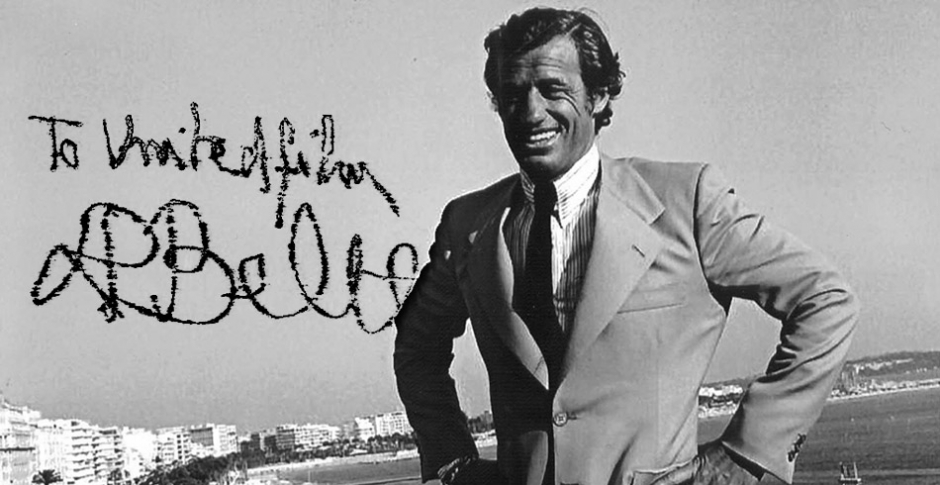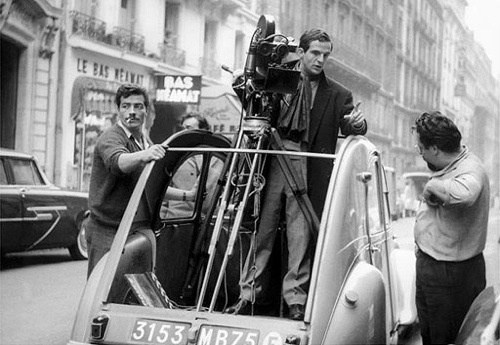French New Wave - Nouvelle Vague: Revolution in film industry
Written by Eva Csölleová, Vítek FormánekFrance was always one step ahead of other countries. Let it be in politics, fashion, painting or... film. After all, it were brothers Auguste Louis and Louis Jean Lumiére, who invented cinematograph and had it patented in 1895. Film was born soon after that and cinema-name taken from „cinematograph“ became important part of the culture life not only in France but around the world.
Cinema became also very important in culture-starved post-war France and most of the New Wave directors spent great deal of time in their early years writing and thinking about it.Some were film critics, some were just film fans, but it all shaped and sharpenned their cinematic sensibilities through long hours they spent in various Parisian cinemas and filmclubs.They were influenced by various sources-Italian realistic directors, silent movies or B-movies that were imported from America.From that passion they came to conclussion that the best films are the product of personal artistic expression and should bear the stamp of personal authorship.They admired big studio films made at that time but by the same token they were sure that mainstream films don´t show real life and genuine emotion.They claimed that many of the main movies of that time were out of touch with daily lives of the French youth of the late 50´s.Nouvelle Vague was never really formally organized movement but it´s filmmakers were linked by their self-conscious rejection of „ cinema of quality“ which were studio-bound, script-centered cinemas that dominated French film production at that time.Besides the fact that film were made to impress rather then express, the film directors didn´t have much artistic freedom and very little artistic control over what they were filming.They were very much in hand of studio bosses, producers and scriptwriters.
It should be said that in 1947-57 French film was supported by government and banks and also international co-productions were established.But in 1957 there was massive explosion of TV hence the attendance of cinemas suffered a drastic decline which lasted till 1959.So low budget films seemed to be a good solution.Those aforementioned Nouvelle Vague directors were centered around the magazine „ Cahiers du Cinema“ which they write for and usually praised films they liked and tore apart films they hated.Through the process of judging the art of cinema they started to think about what it was that might make the medium special.They were so inspired that they decided to make the films themselves.Each of the directors had slightly different views but generally they thought that films of the future will be made by real artists for whom the shooting will be thrilling adventure, while today the directors are only civil servants of the camera. It can be said that Nouvelle Vague rejected the idea of traditional sence of stories based on narrative styles and structure lifted from earlier media which meant mainly theatre and literature.Directors wanted to break this form of films and wanted to make them fresh and exciting so film viewers would think about it, think about their own lives and experiences, about their own emotions.The dialogue would be as authentic and spontaneous as possible and also philosophical, so viewer would think beyond the film.Expressing the truth was utmost importance and the object of film was not just entertain but also to communicate.The scripts(or sometimes lack of them) of these new directors were often revolutionary and the
films´ modest budgets often forced them to become technically inventive as well.As a result, the movies of the Nouvelle Vague became known for certain stylistic innovations such as: jump cuts, rapid editing, shooting outdors and on locations, natural lighting, improvised dialogues and plotting, direct sound recording(as opposed to the dubbing that was popular at that time), mobile cameras and long takes.As a bonues, sometimes the films showed even indirectly the social issues of their times.Film makers showed that they don´t need the mainstream studios to produce successful films on their own terms.By emphasizing the personal and artistic vision of film over it´s worth as a commercial product, the Nouvelle Vague set example that inspired other across the world.In every sence they were true founders of modern independent film.To be able to finnish the film, they ofen took bank loans, invested their own money or borrowed money from friends.Filming was going pretty quick unlike in old days and mostly the director established their own production companies.
Core of the Nouvelle Vague directors were Francois Truffaut, Jean-Luc Godard, Claude Chabrol, Eric Rohner or Jacques Rivette.They became the most celebrated members of the new style but were not the only ones.Another loose contingent of brilliant and highly original filmmakers were also associated with the new movement.This was the „Rive Gauche“ or „Left bank Movement“ whose core members included Chris Maker, Alain Resnais asnd Agnes Varda.These filmmakers had background in documentary and literaure an interest in experimental storytelling and an identification with the political left.It should be said that the label „Left bank“ was constructed by media years later and at that time the friends didn´t consider themselves as party of any group.
Before the phrase was ever invented, there was in fact already a „new wave“ of directors in France breaking the traditional modes of production and setting an example that others would follow.Although vastly different in both contents and style, the films of directors such as Jean-Pierre Melville, Jean Rouch, Louis Malle and Alexandre Astruc were visionary and innovative.Later these directors became associated with the Nouvelle Vague movement, although some of them, such as Jean Pierre Melville, rejected the label.After the New Wave became a success, a whole new generation of filmmakers in France were inspired to follow their example.Over 20 directors released their first films in 1959 and this number doubled the following year.In 1962 a special edition of „ Cahiers du Cinema“ was released in which 162 new French filmmakers were listed.Inevitably many have not stood the test of time, however the best of them went on to have long and enduring careers.
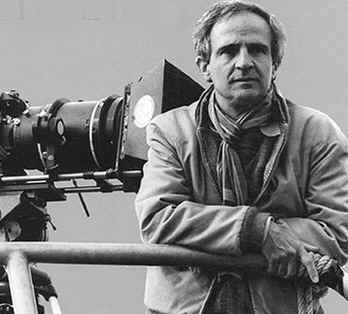 Francois Truffaut(1932-1984)
Francois Truffaut(1932-1984)
The 400 Blows
Shoot the piano player
Jules and Jim
The Soft Skin
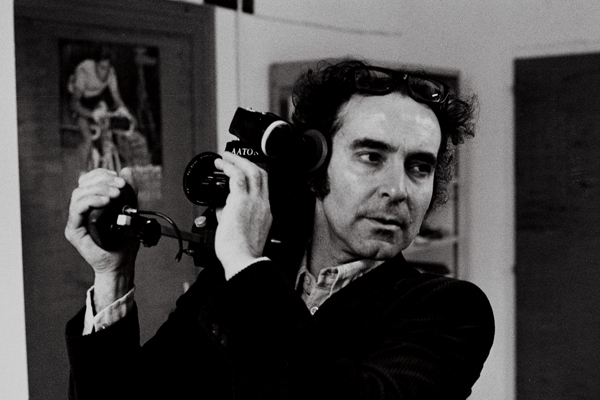 Jean Luc Godard(1930)
Jean Luc Godard(1930)
Breathless
My life to live
A woman is a woman
Le Petit Soldat
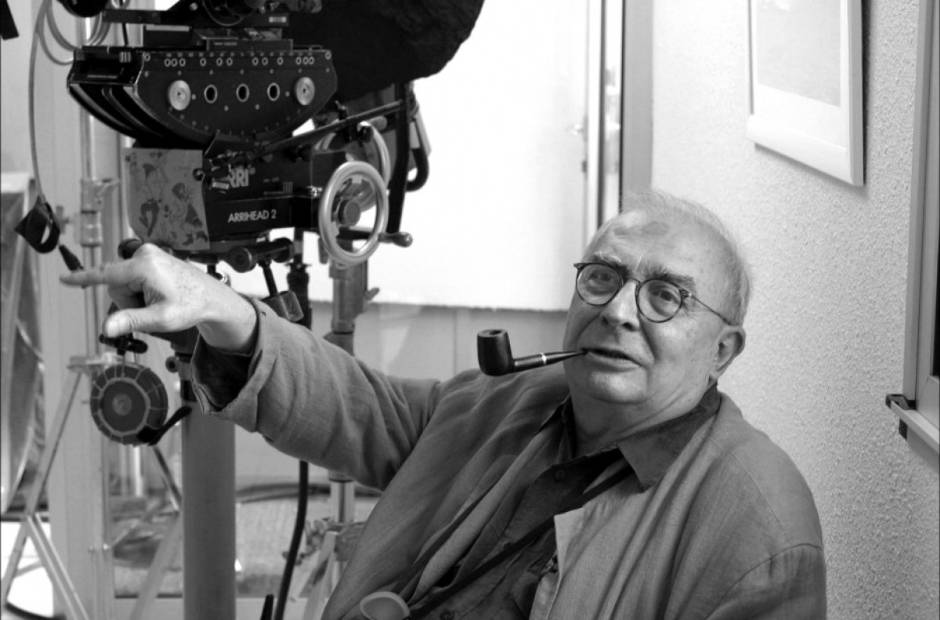 Claude Chabrol (1930-2010)
Claude Chabrol (1930-2010)
Les Cousins
A double tour
Les Bonnes Femmes
Les Godelureaux
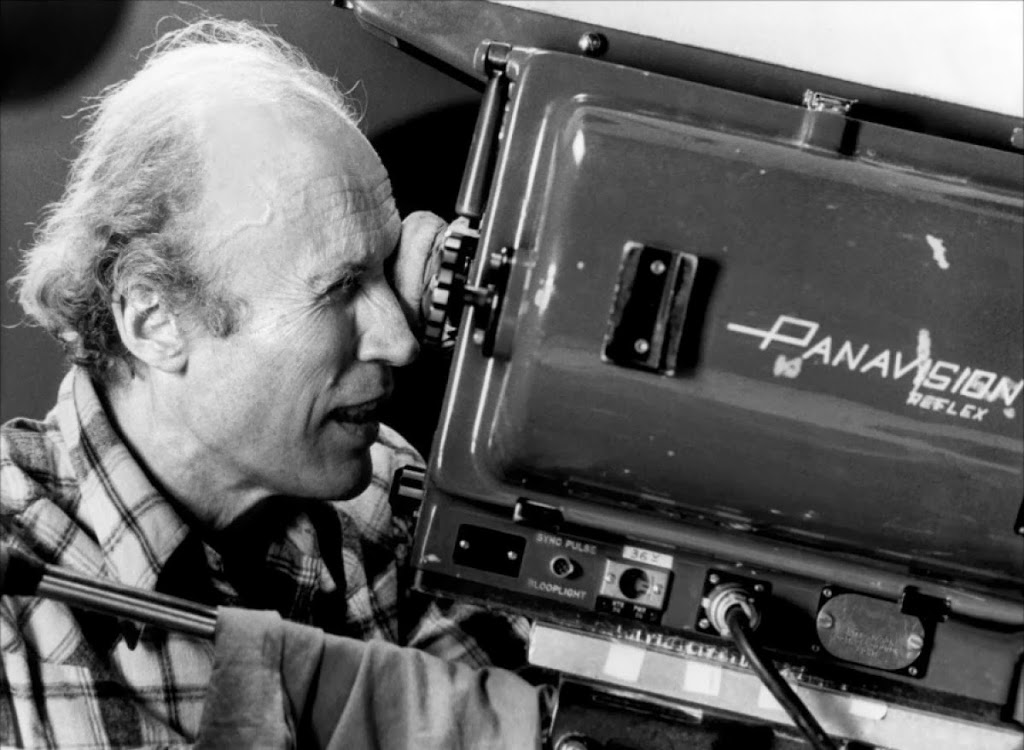
Eric Rohmer (1920-2010)
Sign of Leo
My Night with Maud´s
Jean-Paul Belmondo
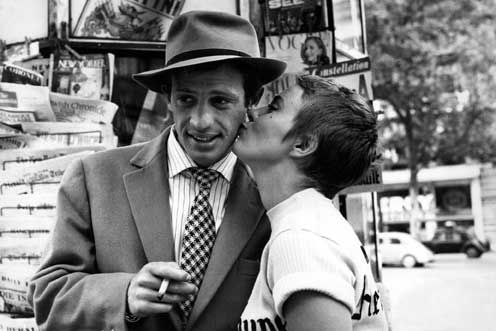 One of the actors who started his career during Nouvelle Vague is Jean Paul Belmondo(1933). His part in „Breathless“ filmed in 1960 made him a leading figure in the Nouvelle Vague.He later acted in Jean Pierre Melville´s philosophical movie „Leon Morin,Pries“ and in Melville´s film noir crime“ The Fingerman.“Another film for Jean –Luc Godard was in l96l „A woman is a woman“ and in l965 „ Pierrot le fou“.Then he switched to commercial films which made him an international star and French legend.He played in over 65 movies of most known French directors of that time.His characteristic roles were either adventurous, cynical men or policemen who do things their own way.He also performed on stage and owned his own theatre.Until today he remained one of the most popular French actors who people love for his sex appeal, wit and niceness.Despite his fame he remained friendly,down to earth and nice person.
One of the actors who started his career during Nouvelle Vague is Jean Paul Belmondo(1933). His part in „Breathless“ filmed in 1960 made him a leading figure in the Nouvelle Vague.He later acted in Jean Pierre Melville´s philosophical movie „Leon Morin,Pries“ and in Melville´s film noir crime“ The Fingerman.“Another film for Jean –Luc Godard was in l96l „A woman is a woman“ and in l965 „ Pierrot le fou“.Then he switched to commercial films which made him an international star and French legend.He played in over 65 movies of most known French directors of that time.His characteristic roles were either adventurous, cynical men or policemen who do things their own way.He also performed on stage and owned his own theatre.Until today he remained one of the most popular French actors who people love for his sex appeal, wit and niceness.Despite his fame he remained friendly,down to earth and nice person.
HAPPY 83 BIRTHDAY


